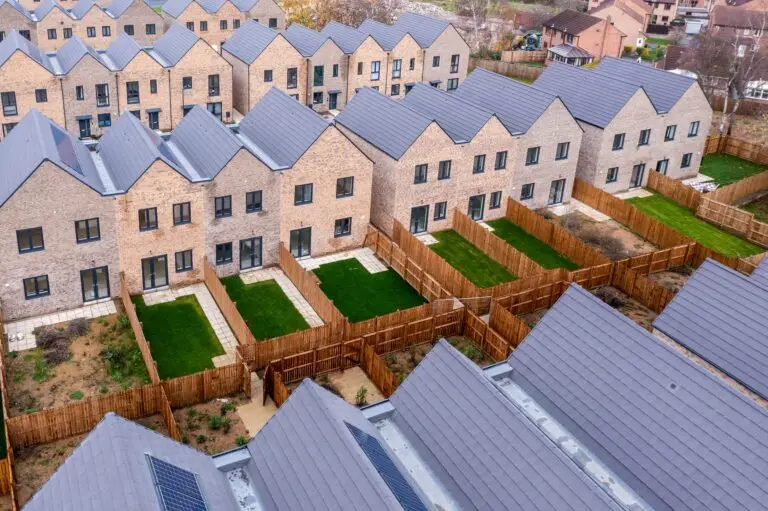The Scotland Budget officially passed on 21st February 2018. The Budget passed by 70 votes to 56, thanks to a deal agreed between the Scottish Government and the Scottish Greens – who secured £170 million more in funding for local councils.
Some of the headline measures included in the budget are:
An extra £400m for the health service – £200m more than required to keep up with inflation
£243m towards the goal of providing 1,140 hours of free pre-school childcare per year
Funding to reduce the attainment gap in Scottish schools increased from £170m to £179m
Full relief from LBTT – The Scottish version of stamp duty
However, it is the changes to income tax which have caused the most controversy amongst opposition parties.
The new system will enter into force on the 1st April 2018. It introduces five tax bands which offer different rates dependent upon income. These are:
Essentially, the changes ensure that lower earners pay less tax. In practice, someone earning £15,000 in Scotland will pay £1.67 less in tax every month than someone earning the same salary in England, while someone earning £25,000 would pay 83p less.
However, those earning a medium income of £35,000 will pay £7 a month more than a person on the same salary in England. Those earning £45,000 will pay £42 a month more and someone earning £150,000 will pay £161 a month more.
The Scottish Government maintains that the new regime will mean that 70% of Scottish taxpayers will pay less than they did in 2017, while 55% of tax payers will pay less than the rest of the UK.
This means that 45% of people will be paying more than they would if they lived south of the border. The Scottish Conservatives have seized on this and have accused the Scottish Government of “taking money out of people’s pockets” at a time in which there is low economic growth and stagnating wages.
The Scottish Liberal Democrats and Scottish Labour, however, have said that the new tax rates are not progressive enough. Scottish Labour had previously proposed a 50p top rate of tax, however this was rejected by the Scottish Government who were worried that a 50p tax rate would simply drive the highest earners out of Scotland and result in less money raised.





